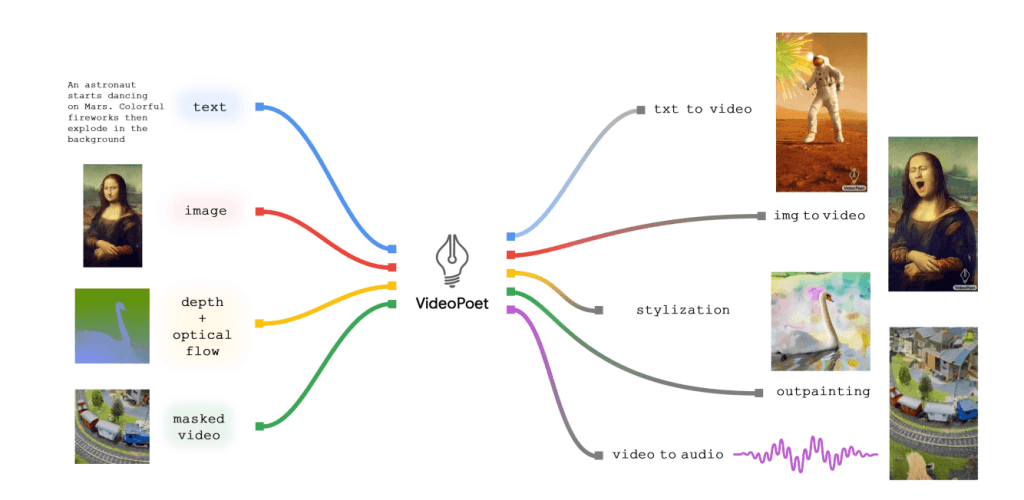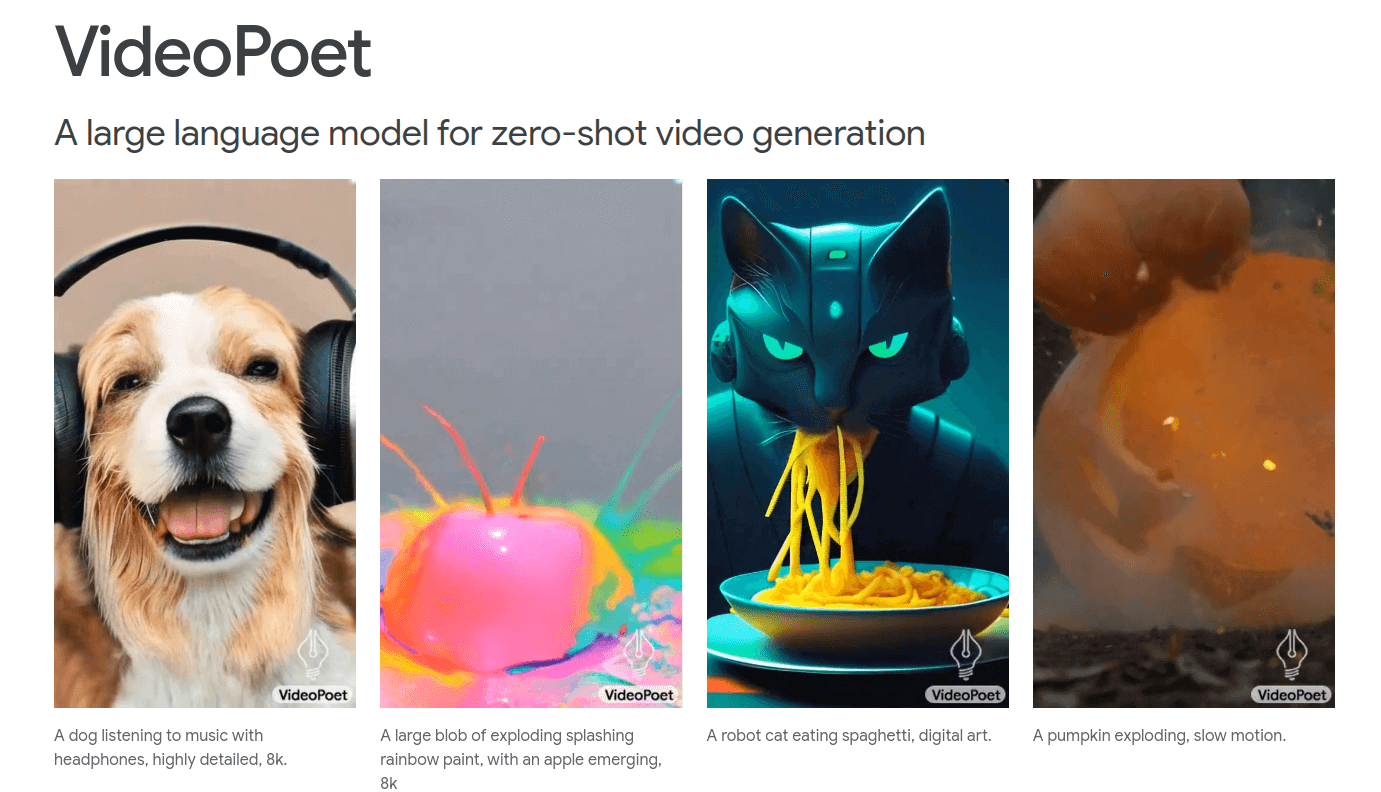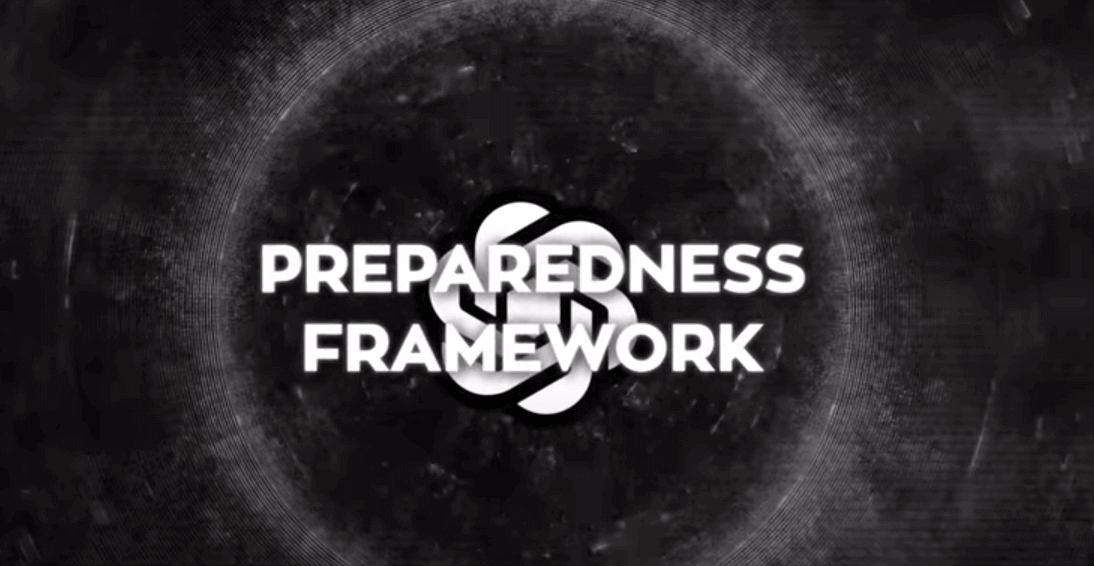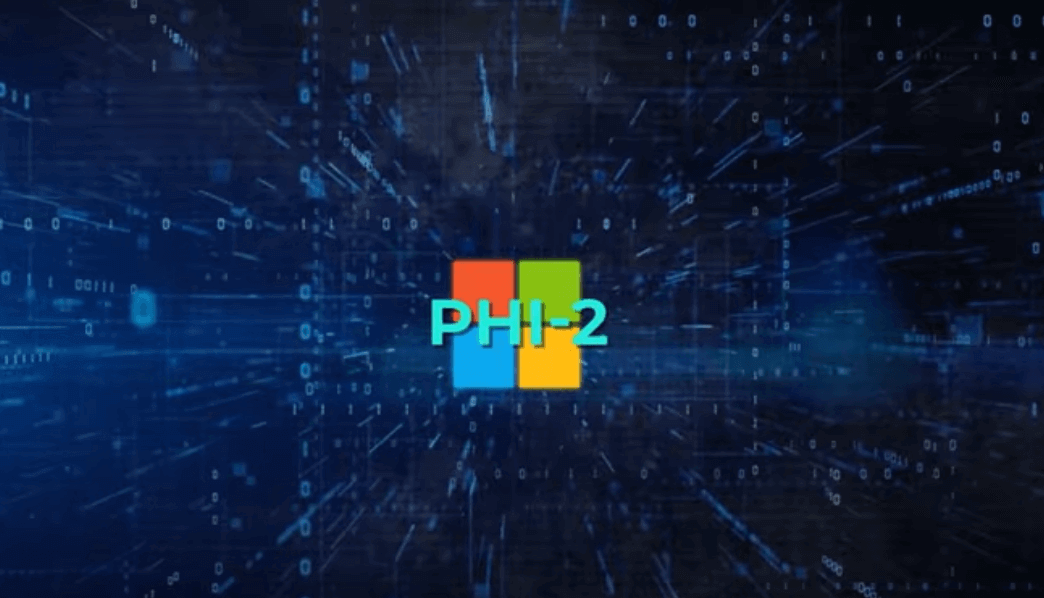Google introduced a revolutionary AI, VideoPoet, designed exclusively for video creation. VideoPoet utilizes advanced techniques such as video stylization, inpainting, and outpainting, as well as video-to-audio conversion, making it a versatile and powerful tool.
Auto-Regressive Language Modeling in Video Generation

source: google videopoet
Operating as a large language model, VideoPoet employs auto-regressive language modeling to generate videos from text, images, and other videos. Similar to text generation, it treats videos as sequences of tokens, including images and audio. This sequential token generation results in coherent and realistic videos, ensuring a smooth viewing experience.
Incorporating Cutting-Edge Tokenizers: Magnit V2 and Soundstream
To efficiently handle multimedia content, VideoPoet integrates two state-of-the-art tokenizers: Magnit V2, utilizing convolutional neural networks and transformers, and Soundstream, employing a recurrent neural network and quantization module. These tokenizers convert input such as text, images, and multimedia tokens into a logical sequence, enabling VideoPoet to generate dynamic videos.
Diverse Applications: From Text to Realistic Videos
VideoPoet excels in various tasks, from creating videos based on text to transforming images into natural, flowing videos. The AI’s ability to stylize videos with artistic effects, perform inpainting and outpainting, and convert videos into audio clips showcases its versatility.
Impressive Features Enhancing VideoPoet’s Capabilities
Beyond video generation, VideoPoet boasts cutting-edge features. Zeroshot video generation allows it to create videos instantly without specific training, while multimodal generative learning objectives enable the handling and creation of diverse content combining video, image, and audio.
Extended Video Length and Real-world Applications
VideoPoet breaks the norm by creating longer videos, up to 30 seconds, using a hierarchical structure and memory mechanism for consistency. In digital art, film production, and interactive media, VideoPoet has become a valuable tool for artists, filmmakers, and content creators, contributing to unique animations, illustrations, post-processing, and special effects.
Challenges and Future Outlook
While VideoPoet faces challenges in maintaining consistency in long videos and generating realistic motions, its hierarchical architecture and memory mechanism address these issues. Looking ahead, VideoPoet holds immense promise, paving the way for advanced technologies in the future of AI-driven content creation.



